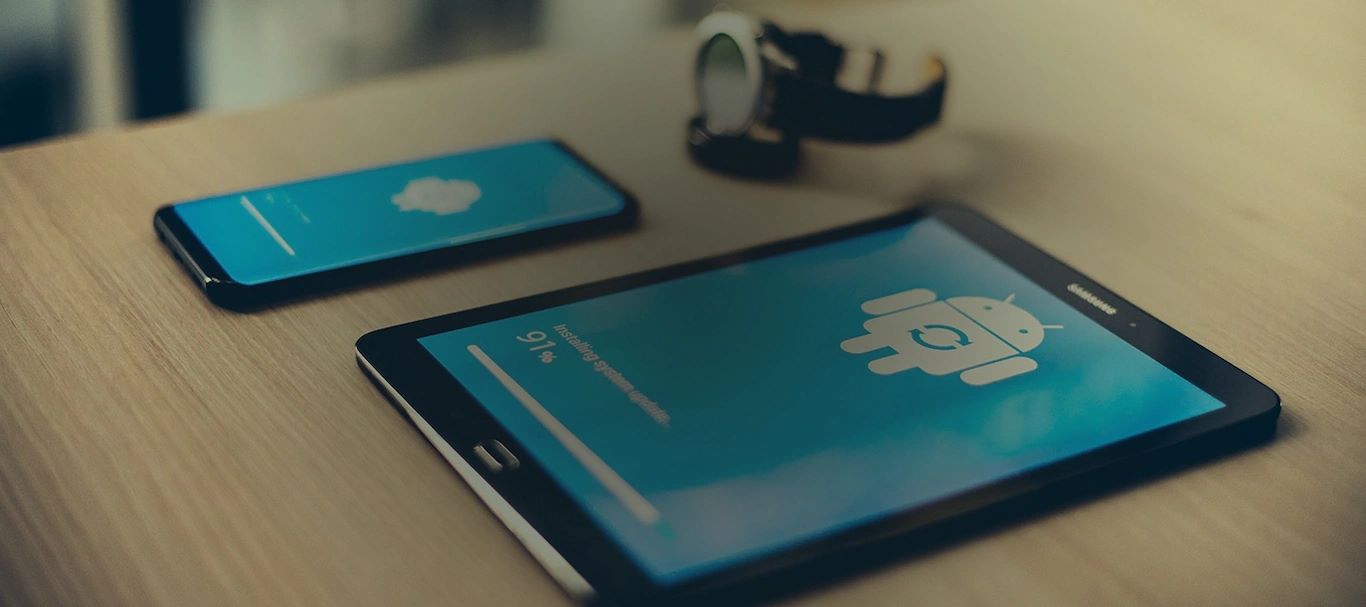
What is FOTA?
Firmware Over-The-Air (FOTA) technology allows software updates to be delivered directly to devices over the internet. This method is particularly useful for embedded systems and mobile devices, where physical access to hardware is often limited. Unlike traditional methods requiring users to connect devices to a computer or visit a service center, FOTA updates can be performed remotely.
Key Components of FOTA
- Update Server: Hosts the latest version of firmware or software, managing distribution to various devices.
- Client Software: Runs on the device, communicating with the update server. Responsible for detecting, downloading, and installing updates.
- Device Communication: Uses various protocols to interact with the update server, ensuring secure and reliable data transfer.
- Security Measures: Employs robust security measures like encryption, digital signatures, and secure boot mechanisms to prevent unauthorized access or tampering.
How FOTA Works
Updating a device using FOTA involves several steps:
- Detection of Available Updates: Client software periodically checks with the update server for new updates.
- Download of Update Package: If available, the client software downloads the update package.
- Validation of Update Package: Before installation, the client software validates the integrity of the update package using digital signatures or checksums.
- Installation of Update: Once validated, the client software installs the new firmware or software.
- Verification of Installation: After installation, the client software verifies that the update has been successfully applied and that the device functions correctly.
Benefits of FOTA
FOTA technology offers several benefits for managing software updates in mobile devices:
- Convenience: Users do not need to visit a service center or connect devices to a computer for updates, making the process more user-friendly.
- Efficiency: Updates can be rolled out quickly and efficiently to many devices simultaneously, reducing downtime and improving system reliability.
- Cost-Effectiveness: Reduces the need for physical visits to service centers, lowering maintenance costs associated with software updates.
- Enhanced Security: Secure communication protocols ensure that updates are delivered securely, reducing the risk of malware or unauthorized access.
- Improved User Experience: Users can enjoy the latest features and security patches without manually initiating the update process.
Challenges and Limitations
While FOTA offers numerous advantages, some challenges and limitations exist:
- Network Connectivity: Devices need reliable internet connectivity for FOTA to work effectively. Poor network conditions can hinder the update process.
- Battery Life: Performing software updates can consume significant battery power, especially if the update is large or complex.
- Device Compatibility: Not all devices may be compatible with FOTA technology due to hardware or software limitations.
- Security Risks: Although robust security measures are employed, there is always a risk of security breaches if protocols are not implemented correctly.
Case Study: Android's Adoption of FOTA
Early Adoption
Android's early adoption of FOTA was driven by the need to address fragmentation issues. With multiple manufacturers producing a wide range of devices running different versions of Android, ensuring timely updates for all devices became challenging.
Google's Role
Google, the primary developer of Android, has played a crucial role in integrating FOTA into the platform. Android Things, an operating system designed for IoT devices, was one of the first to utilize FOTA extensively. This experience laid the groundwork for integrating similar technologies into mainstream Android devices.
Google Play Services
Google Play Services, a critical component of the Android ecosystem, has been instrumental in enabling FOTA updates. By leveraging Google Play Services, device manufacturers can ensure that their devices receive updates seamlessly and securely.
Project Treble
Project Treble, introduced in Android 8.0 Oreo, streamlined the update process by separating the Android framework from device-specific code. This separation allowed for more efficient and frequent updates, making it easier for device manufacturers to adopt FOTA.
Android 11 and Beyond
Android 11 and subsequent versions have continued to improve upon the FOTA framework. Features like improved security patches and enhanced user experience have been integrated into the platform, making it more robust and user-friendly.
Future Developments
As technology advances, significant improvements in FOTA technology are expected:
- 5G Connectivity: The advent of 5G networks promises faster and more reliable connectivity, enhancing the efficiency of FOTA updates.
- Artificial Intelligence: AI algorithms can be integrated into FOTA systems to predict and prepare for updates, ensuring minimal disruption to user experience.
- Edge Computing: Edge computing can reduce latency by processing data closer to the user, making real-time updates more feasible.
- Blockchain Integration: Blockchain technology can provide an additional layer of security by ensuring that updates are tamper-proof and transparent.
FOTA technology has revolutionized the way software updates are managed in mobile devices. By providing a secure, efficient, and convenient method for delivering updates, FOTA has significantly improved the user experience and reduced the challenges associated with traditional update methods. As technology continues to evolve, even more sophisticated implementations of FOTA will further enhance the reliability and security of our devices.
